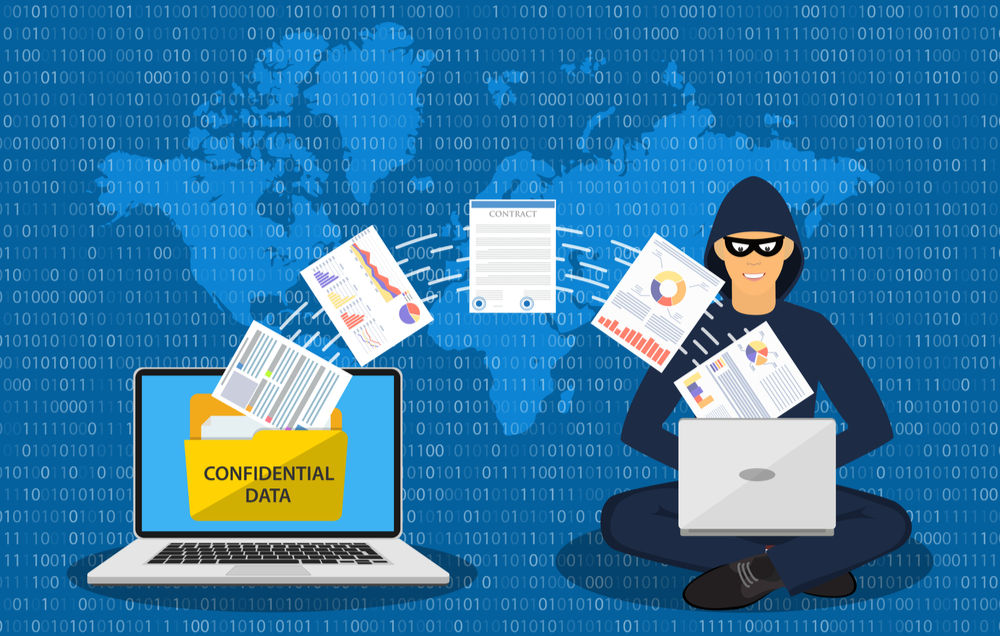
Malware & Phishing
Today’s digital age has deeply integrated technology into both our personal and professional lives, making it crucial to prioritize the security of our online activities. Individuals, businesses, and organizations face substantial risks from cyberthreats like malware and phishing attacks. As a result, essential tools in the cybersecurity arsenal now encompass proactive measures, including the use of malware and phishing scanning.
Understanding Malware and Phishing
Before delving into the significance of malware and phishing scanning, it’s crucial to understand what these threats entail.
- Malware: Malware, short for “malicious software,” is a broad term that encompasses various types of harmful software, including viruses, trojans, ransomware, and spyware. These malicious programs are designed to infiltrate computer systems, disrupt their normal functioning, steal sensitive information, or damage data. Malware is often distributed through infected websites, email attachments, or removable storage devices.
- Phishing: Phishing attacks involve deceptive tactics that trick individuals into revealing sensitive information such as login credentials, credit card numbers, and personal data. Attackers often masquerade as trusted entities, using fake emails, websites, or messages to lure their victims. Phishing is a prevalent and insidious method employed by cybercriminals to exploit human vulnerabilities.
The Need for Scanning
The dynamic nature of malware and phishing attacks demands equally adaptable defense mechanisms. Scanning for malware and phishing threats provides a proactive approach to safeguarding digital assets. Here’s why it’s so crucial:
- Early Detection: Malware and phishing scanning tools are designed to identify and flag potential threats before they can cause harm. This early detection is vital in preventing data breaches and system compromises.
- Protection Against Evolving Threats: Cybercriminals continually evolve their tactics and malware to evade detection. Scanning solutions are updated regularly to stay ahead of these evolving threats, ensuring that your systems remain secure.
- Improved Productivity: Malware and phishing attacks can disrupt business operations, causing downtime and financial losses. Scanning helps maintain system reliability, ensuring uninterrupted workflow.
- Data Security: Personal and sensitive information is a prime target for cybercriminals. Scanning tools help protect this data from unauthorized access and theft, preserving privacy and trust.
- Compliance: Many industries have specific regulations and compliance requirements related to cybersecurity. Utilizing scanning tools can assist organizations in meeting these requirements and avoiding legal repercussions.
Scanning Methods
To effectively combat malware and phishing threats, various scanning methods and tools are available:
- Antivirus Software: Antivirus programs are designed to detect and remove known malware from your system. These solutions rely on signature databases to identify threats based on known patterns.
- Behavioral Analysis: Some scanning tools employ behavioral analysis to detect new and previously unseen malware. By monitoring system behavior and identifying deviations from the norm, these tools can flag suspicious activities.
- URL and Website Scanners: To combat phishing attempts, URL and website scanners check the legitimacy of websites and links. They can identify malicious sites and warn users before they click on them.
- Email Filters: Email filters are essential in combating phishing attacks. They analyze incoming emails for suspicious content and block or quarantine messages that appear to be phishing attempts.
Conclusion
Malware and phishing scanning play a vital role in maintaining a robust cybersecurity posture. As cyber threats continue to evolve, these tools serve as the first line of defense, protecting individuals and organizations from potentially devastating consequences. By investing in and consistently updating these scanning solutions, users can navigate the digital landscape with greater confidence and security. It is essential to remain vigilant, educate users about potential threats, and stay informed about the latest developments in cybersecurity to stay one step ahead of cybercriminals.